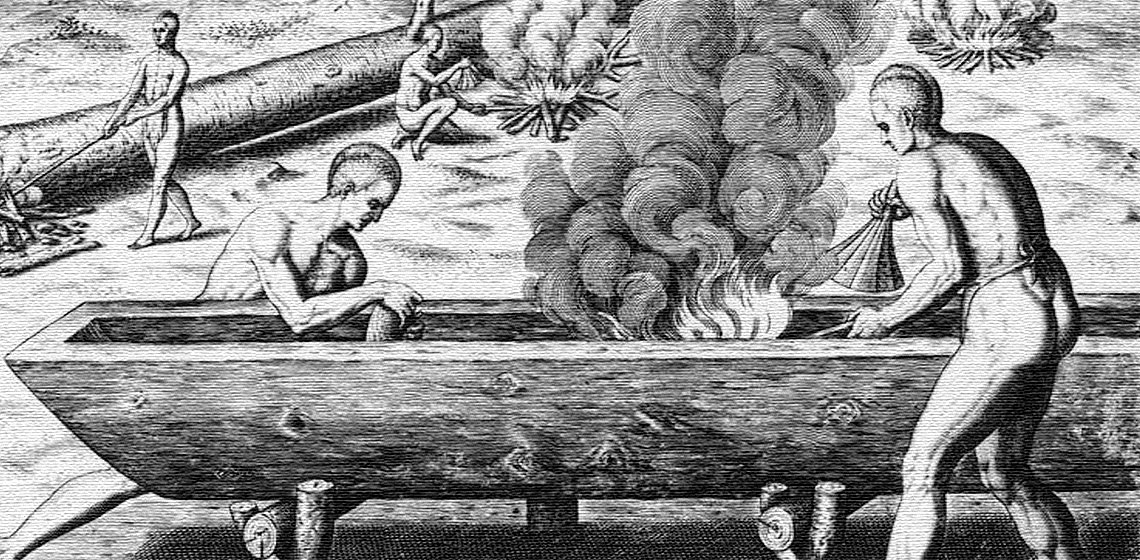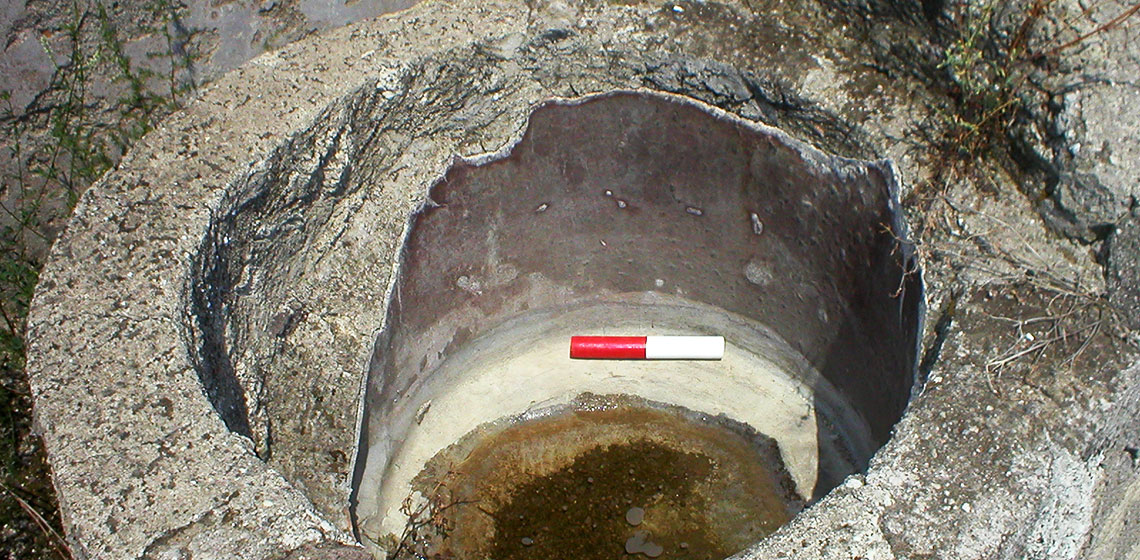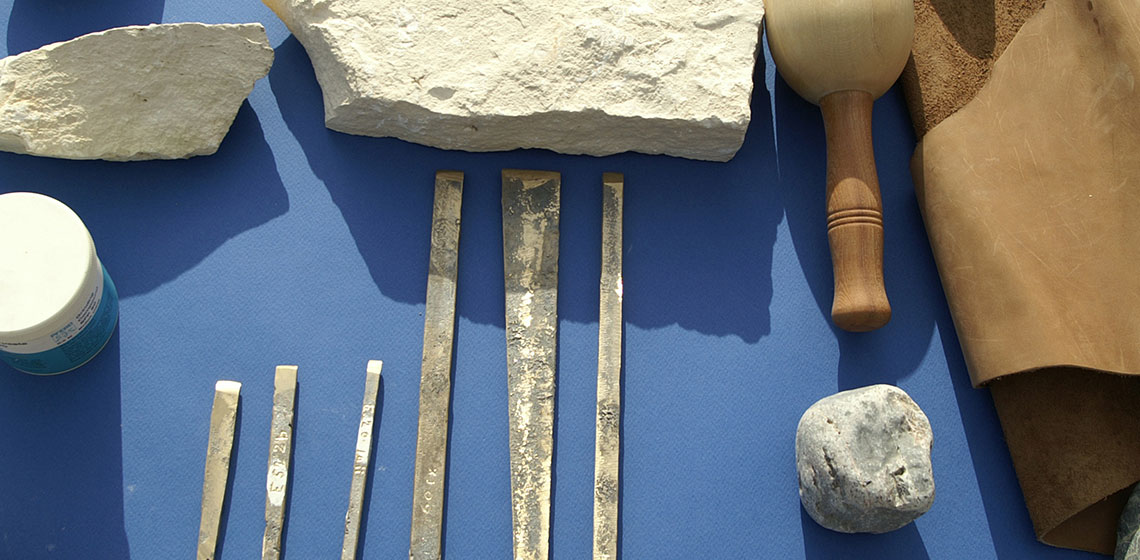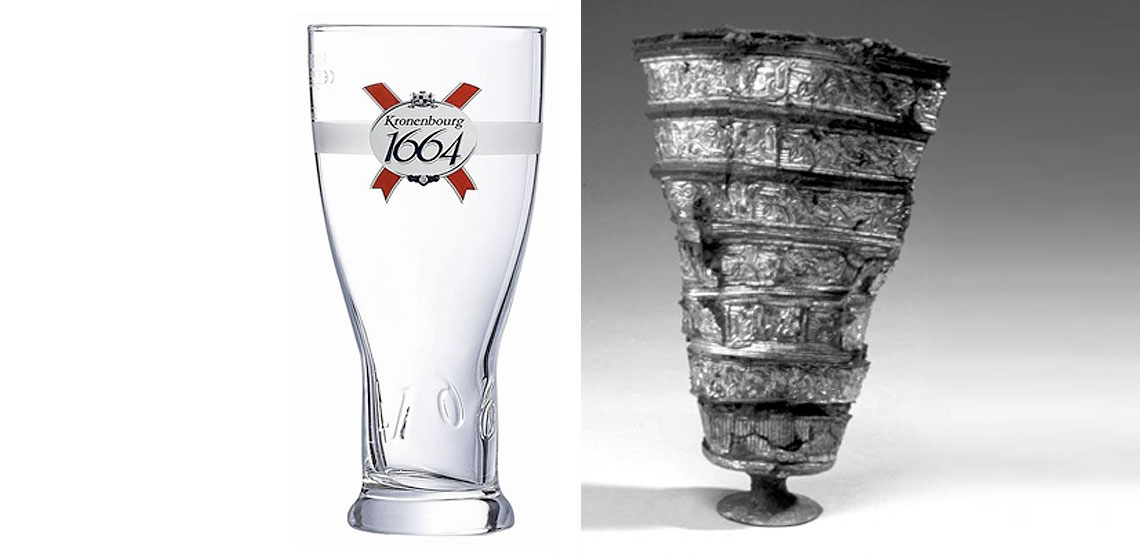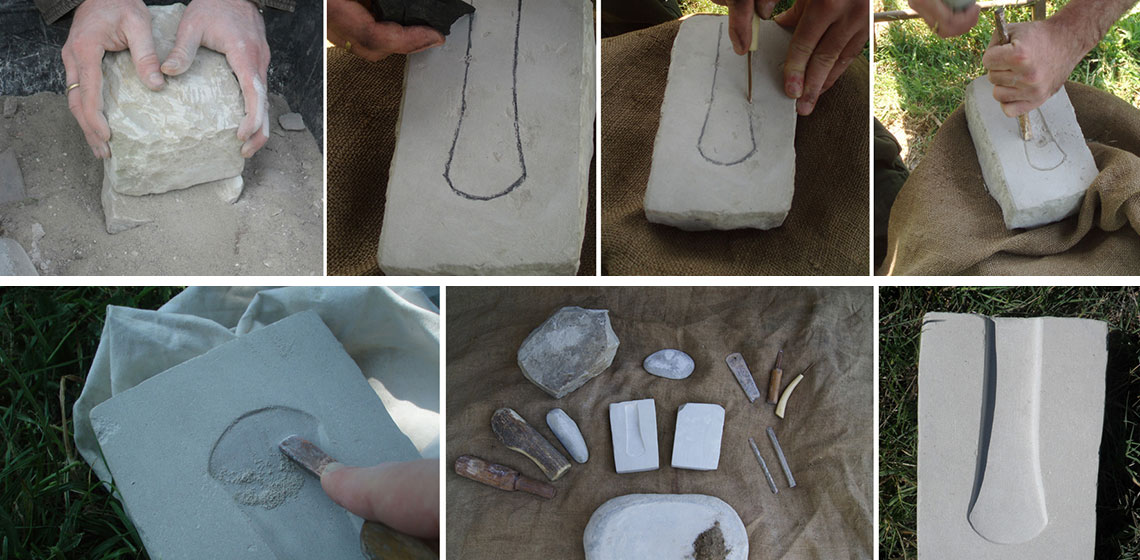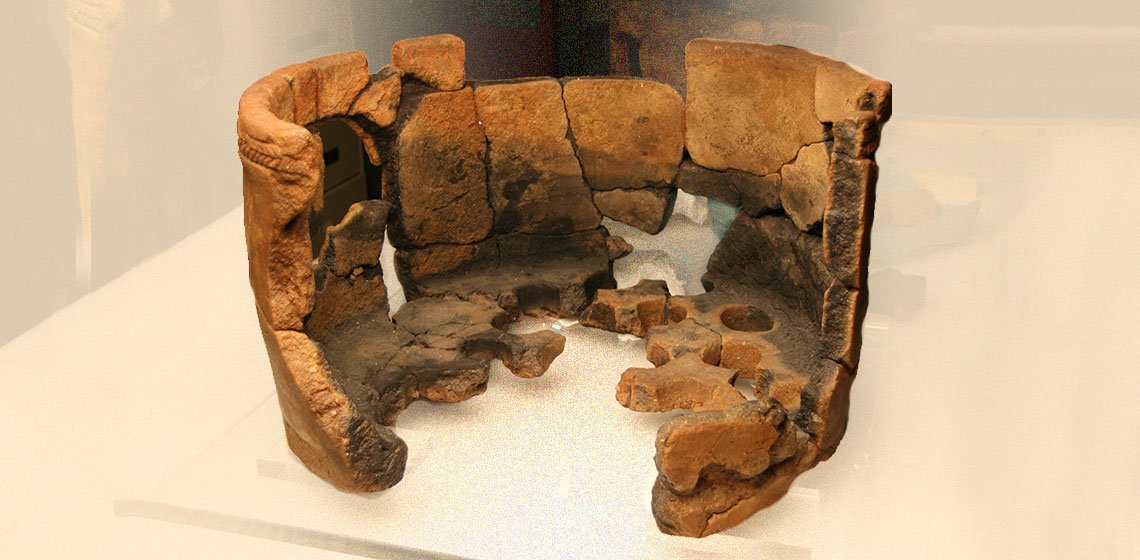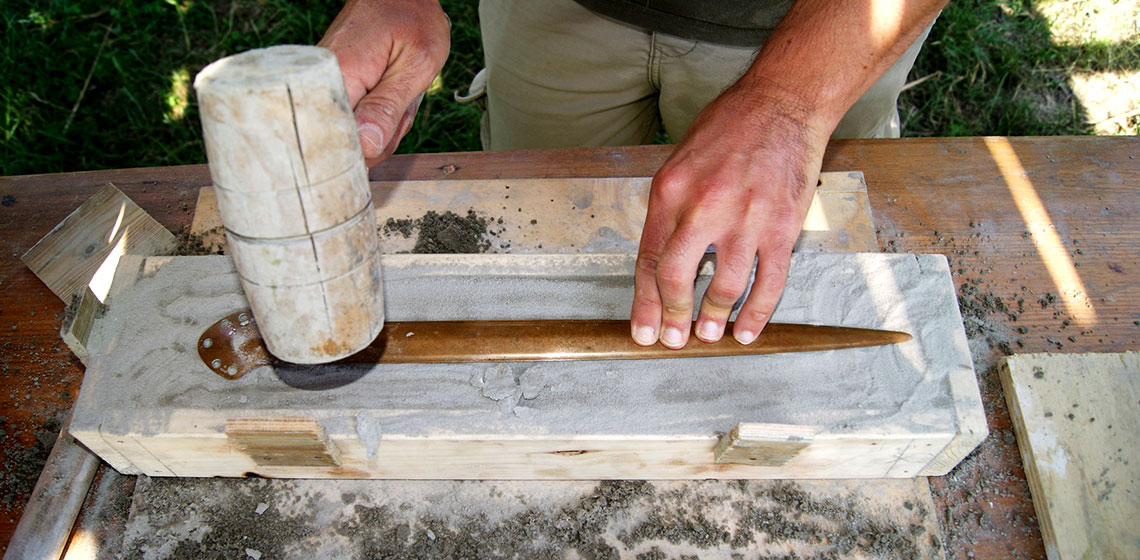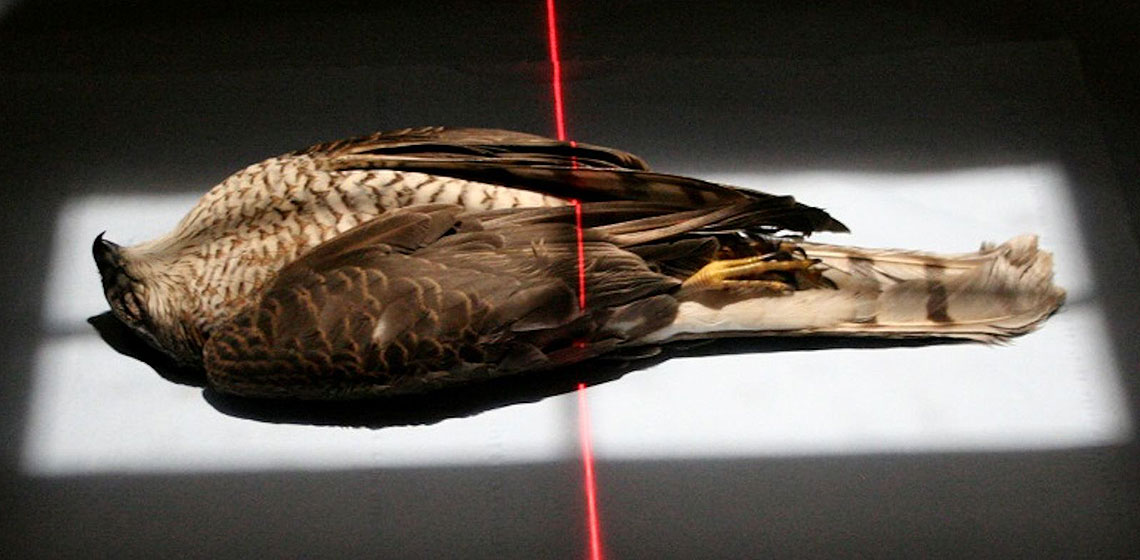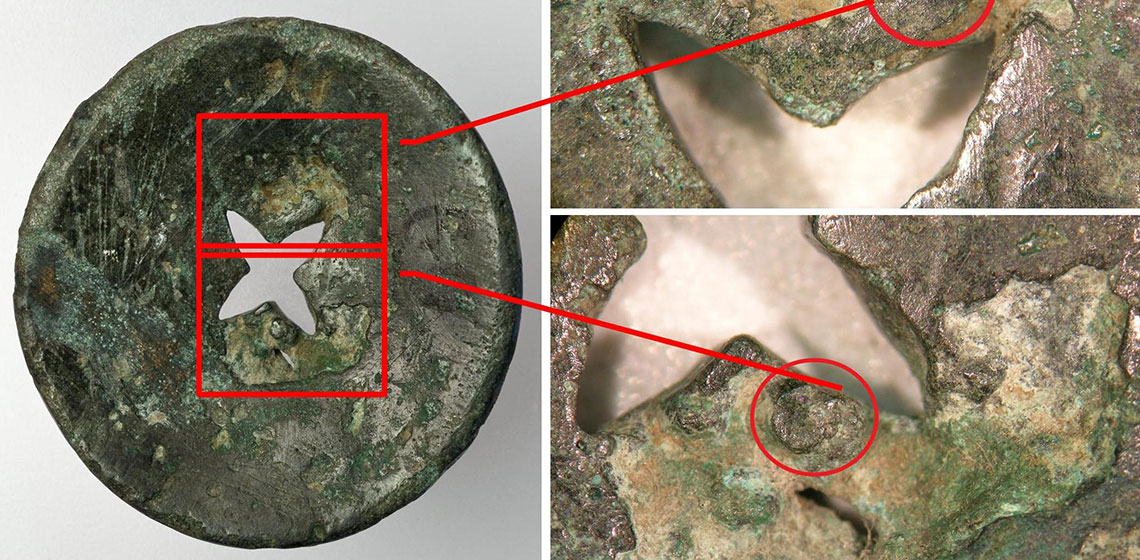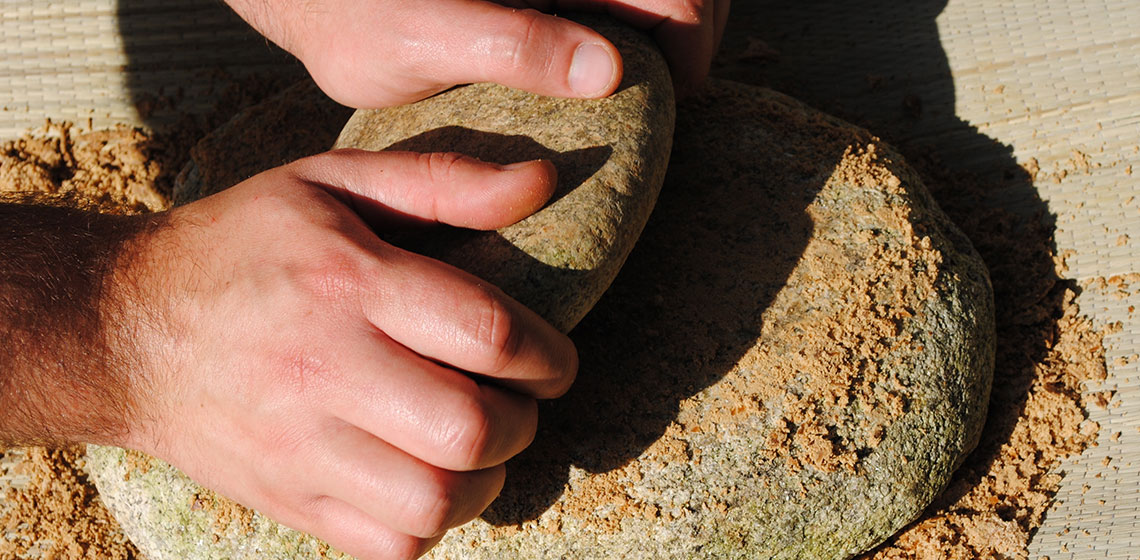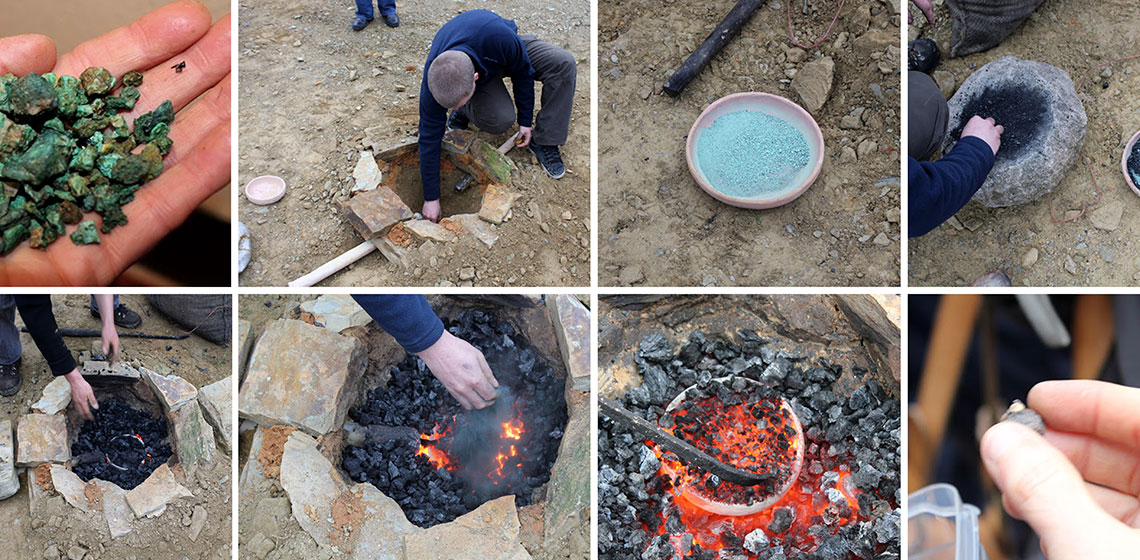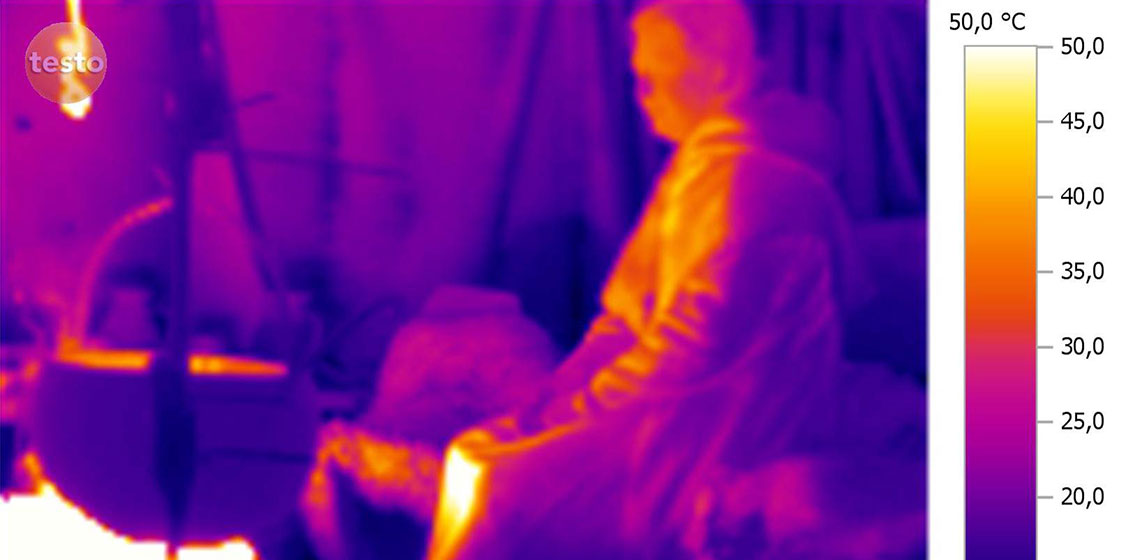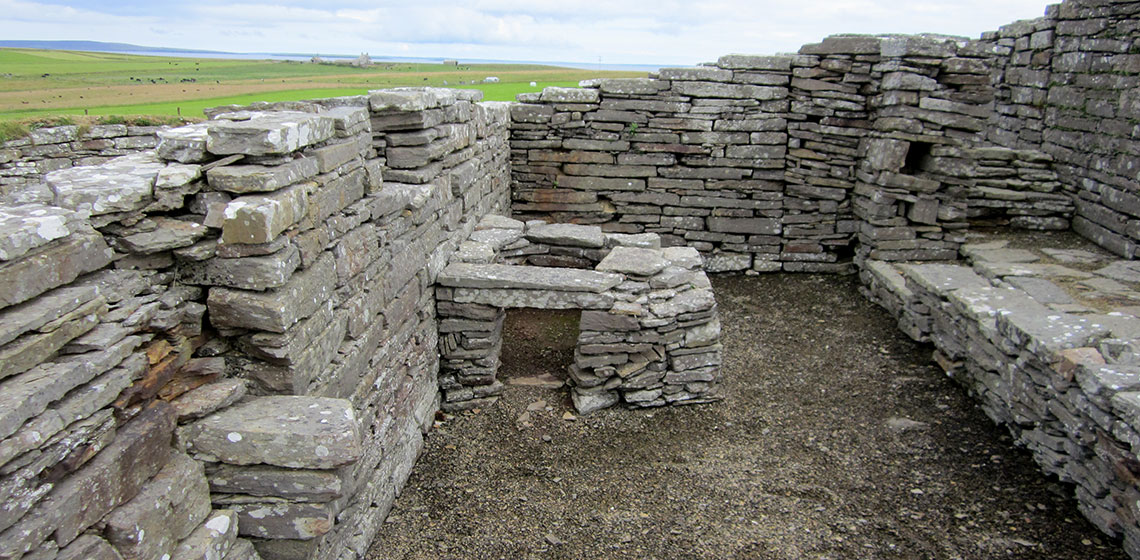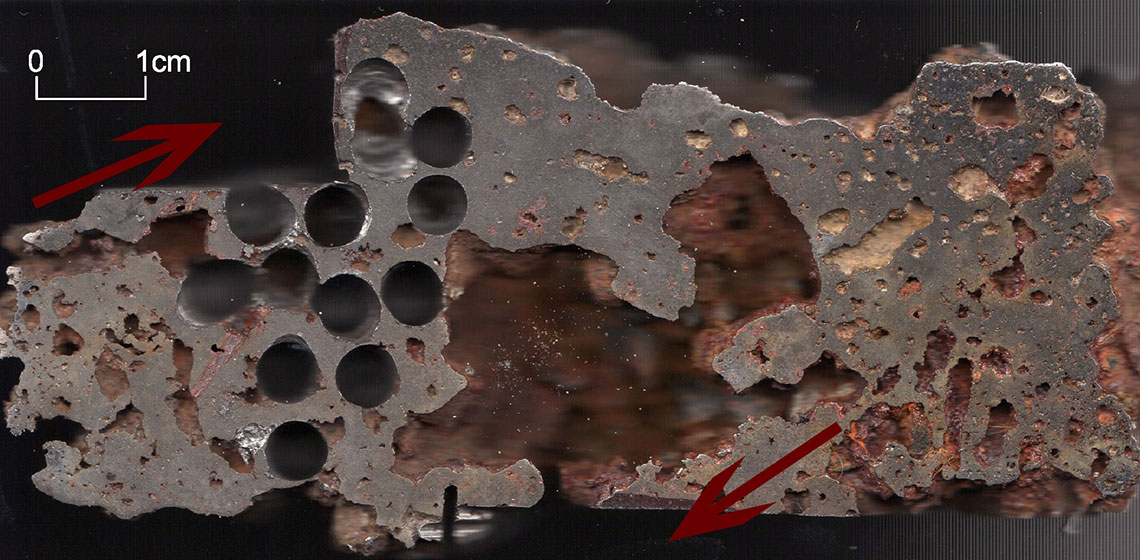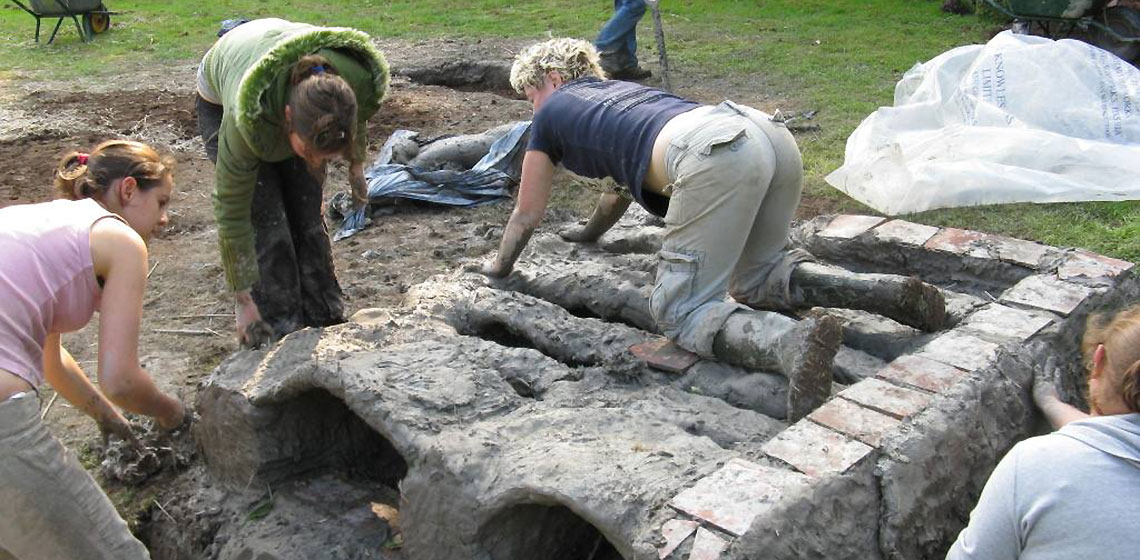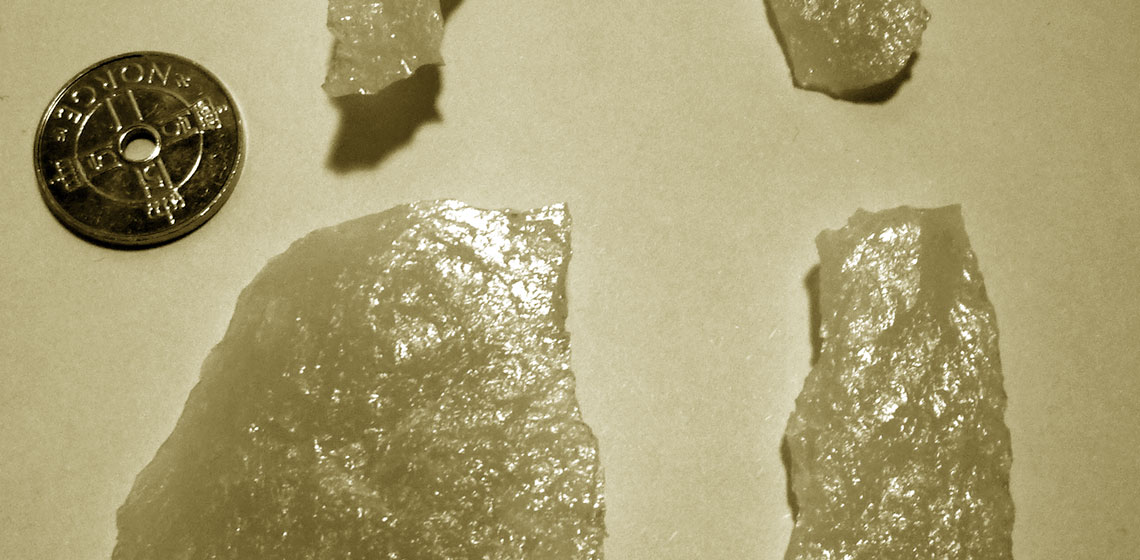The content is published under a Creative Commons Attribution Non-Commercial 4.0 License.
Themed Collections:
7th Experimental Archaeology Conference
Persistent Identifier
https://exarc.net/ark:/88735/10114
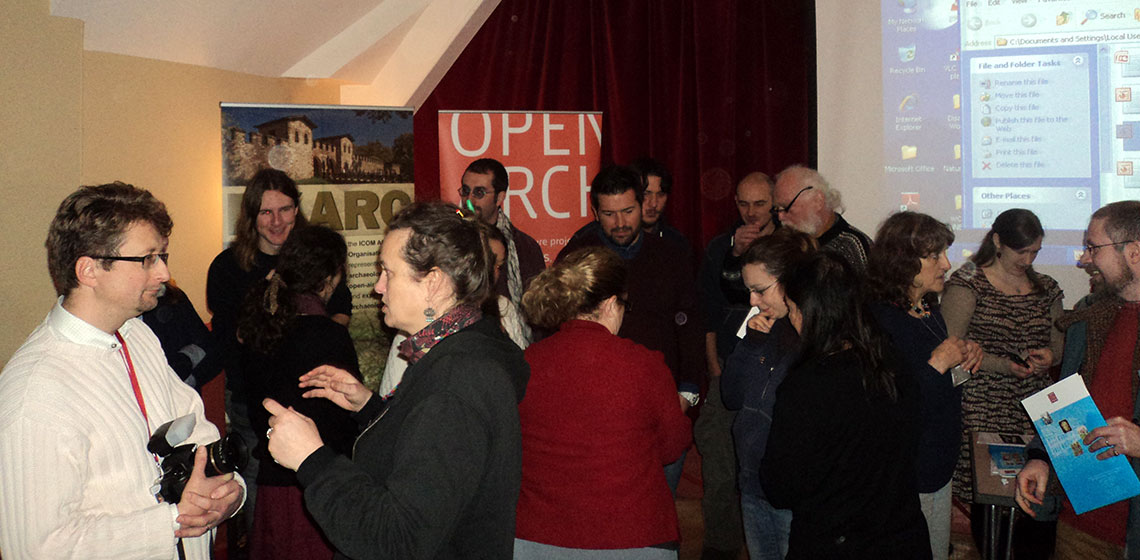
The 7th International Experimental Archaeology Conference (held in 2013) was hosted jointly by the School of History, Archaeology and Religion at Cardiff University and St Fagan’s Open-Air Museum (UK). The conference consisted of two days of presentations, as well as a poster session at the end of the first day. Presenters published their papers in the EXARC Journal. A review of the conference is also available, click here to view.
Featured
The Prometheus Project
Publication Date
7th UK EA Conference Cardiff 2013
***The Prometheus Project was an experimental archaeological investigation carried out at Butser Ancient Farm, Hampshire, England, into prehistoric logboat building techniques. The project focused on exploring the use of fire in building logboats...
***The Prometheus Project was an experimental archaeological investigation carried out at Butser Ancient Farm, Hampshire, England, into prehistoric logboat building techniques. The project focused on exploring the use of fire in building logboats...
Investigating the Influence of the Kettle Material on Dyeing in the Industry of Pompeii
Publication Date
7th UK EA Conference Cardiff 2013
***Dyeing, especially in bright, intense colours, has been one of the methods used to embellish textiles and add to their value. A considerable dyeing industry can be shown to have existed in Pompeii. The city of Pompeii was destroyed in a volcanic eruption in AD 79, but its remains were preserved in situ...
***Dyeing, especially in bright, intense colours, has been one of the methods used to embellish textiles and add to their value. A considerable dyeing industry can be shown to have existed in Pompeii. The city of Pompeii was destroyed in a volcanic eruption in AD 79, but its remains were preserved in situ...
To Use or Not to Use a Minoan Chisel? Ancient Technology in a New Light
Publication Date
7th UK EA Conference Cardiff 2013
***The Minoan chisel is thought to have been used by the metal worker, the stone mason, the sculptor, the carpenter, and the ivory and bone worker. However, barely any work has been conducted to substantiate the different workers and their chisels...
***The Minoan chisel is thought to have been used by the metal worker, the stone mason, the sculptor, the carpenter, and the ivory and bone worker. However, barely any work has been conducted to substantiate the different workers and their chisels...
From Mead to Snakebite - An Ethnography of Modern British University Sports Team Drinking Culture and its Parallels with the Drinking Rituals of the Viking World
Publication Date
7th UK EA Conference Cardiff 2013
***The idea for this paper came, as these things often do, in a bar. The interesting twist was that instead of being an inebriated patron, I was actually working behind the bar observing the scenes of intoxicated students with a bemused expression. What began as a joke...
***The idea for this paper came, as these things often do, in a bar. The interesting twist was that instead of being an inebriated patron, I was actually working behind the bar observing the scenes of intoxicated students with a bemused expression. What began as a joke...
Stone Moulds from Terramare (Northern Italy): Analytical Approach and Experimental Reproduction
Publication Date
7th UK EA Conference Cardiff 2013
***A large number of stone moulds, dating to Middle and Late Bronze Age (approximately 1650-1150 BC) has been found in Terramare sites since the 19th century. They were made to produce a wide range of bronze objects, such as ornaments, weapons and tools. Empirical observations of casting experiments revealed that different types of stone do not give the same response to the heat of molten metal...
***A large number of stone moulds, dating to Middle and Late Bronze Age (approximately 1650-1150 BC) has been found in Terramare sites since the 19th century. They were made to produce a wide range of bronze objects, such as ornaments, weapons and tools. Empirical observations of casting experiments revealed that different types of stone do not give the same response to the heat of molten metal...
The Registry of Memory Process Applied to Experimental Archaeology in a Castromao “Oven”
Publication Date
7th UK EA Conference Cardiff 2013
***Memory is the cognitive process that codifies, stores and retrieves past actions that are perceived in the present, generating our remembrances and perceptions of the past and informing our knowledge of the world around us (...) Applied to archaeology, memory can be understood as the marks or...
***Memory is the cognitive process that codifies, stores and retrieves past actions that are perceived in the present, generating our remembrances and perceptions of the past and informing our knowledge of the world around us (...) Applied to archaeology, memory can be understood as the marks or...
Observations on Italian Bronze Age Sword Production: The Archaeological Record and Experimental Archaeology
Publication Date
7th UK EA Conference Cardiff 2013
***In spite of the very large quantity of Bronze Age swords in Northern Italy, only a few stone moulds have been found. Tests have shown that carving such big stone moulds (more than 60 cm long) requires a large amount of raw material, deep knowledge and skill, rather than a wide set of implements...
***In spite of the very large quantity of Bronze Age swords in Northern Italy, only a few stone moulds have been found. Tests have shown that carving such big stone moulds (more than 60 cm long) requires a large amount of raw material, deep knowledge and skill, rather than a wide set of implements...
The Mummification of Votive Birds: Past and Present
Publication Date
7th UK EA Conference Cardiff 2013
***A mummy is defined as a ‘well-preserved dead body’ (Cockburn, Cockburn & Reyman 1998, 1), achieved by either natural or anthropogenic methods and refers to both human and animal subjects. Mummies achieved through both these methods are found in ancient Egypt as a result of preservation through desiccation, achieved by direct contact between the corpse and a dry, sandy matrix (natural); or through the use of natron (anthropogenic), coupled with evisceration (the removal of the internal organs) and anointment with resinous compounds, followed by wrapping the corpse in layers of linen (Ikram and Dodson 1998; Taylor 2001).
***A mummy is defined as a ‘well-preserved dead body’ (Cockburn, Cockburn & Reyman 1998, 1), achieved by either natural or anthropogenic methods and refers to both human and animal subjects. Mummies achieved through both these methods are found in ancient Egypt as a result of preservation through desiccation, achieved by direct contact between the corpse and a dry, sandy matrix (natural); or through the use of natron (anthropogenic), coupled with evisceration (the removal of the internal organs) and anointment with resinous compounds, followed by wrapping the corpse in layers of linen (Ikram and Dodson 1998; Taylor 2001).
From Wax to Metal: An Experimental Approach to the Chaîne Opératoire of the Bronze Disk from Urdiñeira
Publication Date
7th UK EA Conference Cardiff 2013
***The so-called ‘Treasure of A Urdiñeira‘ (A Gudiña, south-east of the province of Ourense, Spain) consists of an assemblage of three metal artefacts: two gold bracelets and a bronze button or disk, dated from the transition between the Late Bronze Age and the Early Iron Age...
***The so-called ‘Treasure of A Urdiñeira‘ (A Gudiña, south-east of the province of Ourense, Spain) consists of an assemblage of three metal artefacts: two gold bracelets and a bronze button or disk, dated from the transition between the Late Bronze Age and the Early Iron Age...
Acorn Bread in Iron Age of North-western Iberia, from Gathering to Baking
Publication Date
7th UK EA Conference Cardiff 2013
***Strabo's Geography is one of the main sources that archaeologists use for the study of the Castro Culture’s (Iron Age in north-western Iberia) customs on food and consumption. In his description, he affirms that during two thirds of the year, those mountaineers fed on the acorn...
***Strabo's Geography is one of the main sources that archaeologists use for the study of the Castro Culture’s (Iron Age in north-western Iberia) customs on food and consumption. In his description, he affirms that during two thirds of the year, those mountaineers fed on the acorn...
Copper + Tin + People: Public Co-Smelting Experimentation in Northwestern Iberia
Publication Date
7th UK EA Conference Cardiff 2013
***In the present paper an experiment made in north-western Iberia for producing bronze using local ores and similar techniques to those perhaps practiced by the ancient prehistoric metallurgists during Bronze Age is described...
***In the present paper an experiment made in north-western Iberia for producing bronze using local ores and similar techniques to those perhaps practiced by the ancient prehistoric metallurgists during Bronze Age is described...
Living Conditions and Indoor Air Quality in a Reconstructed Viking House
Publication Date
7th UK EA Conference Cardiff 2013
***During the winter of 2011 and 2012 an archaeological indoor environment experiment was conducted in two reconstructions of the same house from the Viking Age built in Denmark. The purpose of the experiment was to examine the living conditions inside the houses during 15 weeks in wintertime...
***During the winter of 2011 and 2012 an archaeological indoor environment experiment was conducted in two reconstructions of the same house from the Viking Age built in Denmark. The purpose of the experiment was to examine the living conditions inside the houses during 15 weeks in wintertime...
Where Were the Viking Brew Houses?
Publication Date
7th UK EA Conference Cardiff 2013
***The authors have over 15 years' experience in experimenting with recreating ancient and traditional techniques of making ale from malted grain. Graham is a craft brewer, with 30 years' experience making beer from the grain. Merryn is an archaeologist, with an interest in malting and brewing technologies...
***The authors have over 15 years' experience in experimenting with recreating ancient and traditional techniques of making ale from malted grain. Graham is a craft brewer, with 30 years' experience making beer from the grain. Merryn is an archaeologist, with an interest in malting and brewing technologies...
The Production of High Carbon Steel Directly in Bloomery Process: Theoretical Bases and Metallographic Analyses of the Experiments Results
Publication Date
7th UK EA Conference Cardiff 2013
***The series of experiment on iron smelting conducted by author in 2012 resulted in very good quality high carbon steel produced directly in the bloomery furnace. Bearing in mind the unusual mechanism of carburization in a 'Aristotle furnace', a question arose concerning possibility of occurrence the same phenomenon during the smelting process. This paper discusses the results of the metallographic studies of produced iron as well as the description of the conducted experiments.
***The series of experiment on iron smelting conducted by author in 2012 resulted in very good quality high carbon steel produced directly in the bloomery furnace. Bearing in mind the unusual mechanism of carburization in a 'Aristotle furnace', a question arose concerning possibility of occurrence the same phenomenon during the smelting process. This paper discusses the results of the metallographic studies of produced iron as well as the description of the conducted experiments.
Fire and Bone: An Experimental Study of Cremation
Publication Date
7th UK EA Conference Cardiff 2013
***Many bone fragments have been burned in controlled laboratory conditions but few have been burned on outdoor pyres. In order to study and understand cremated bone, it is crucial to conduct experiments in real environmental conditions. In this study several cremations were carried out outdoors...
***Many bone fragments have been burned in controlled laboratory conditions but few have been burned on outdoor pyres. In order to study and understand cremated bone, it is crucial to conduct experiments in real environmental conditions. In this study several cremations were carried out outdoors...
Let’s Build a Medieval Tile Kiln - Introducing Experimental Archaeology into the University Curriculum
Publication Date
7th UK EA Conference Cardiff 2013
***As a lecturer at the University of Central Lancashire (UCLAN) I teach a course on medieval archaeology and run a successful programme in designing exhibitions for local museums and community groups. I also encourage my students to take part in the community archaeology and history projects...
***As a lecturer at the University of Central Lancashire (UCLAN) I teach a course on medieval archaeology and run a successful programme in designing exhibitions for local museums and community groups. I also encourage my students to take part in the community archaeology and history projects...
Lithic Experiments in Rescue Archaeology: a Case from Southern Norway
Publication Date
7th UK EA Conference Cardiff 2013
***The institutional context in which Stone Age knowledge production takes place in Norway is structured by the current system of cultural heritage management (CHM). By virtue of the Heritage Act from 1978 and the regulations on professional responsibilities, the practical work of surveying and excavating prehistoric sites is divided respectively between the 19 County Councils and the five archaeological government museums...
***The institutional context in which Stone Age knowledge production takes place in Norway is structured by the current system of cultural heritage management (CHM). By virtue of the Heritage Act from 1978 and the regulations on professional responsibilities, the practical work of surveying and excavating prehistoric sites is divided respectively between the 19 County Councils and the five archaeological government museums...


